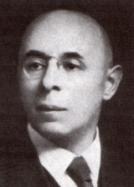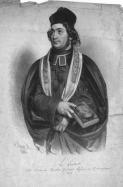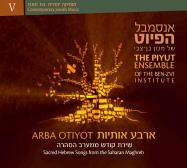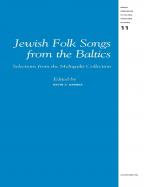(537 results found)
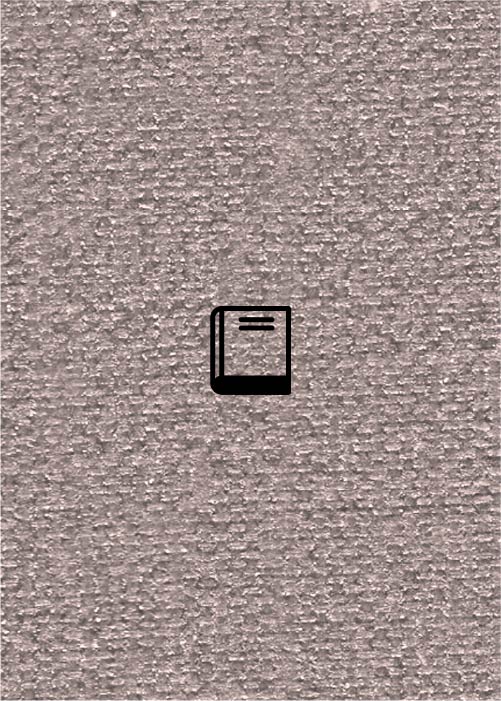
The Seventeenth-Century Barabano, a Study in Affinities
Traces the etymology of the Barabano, which includes melodic similarities with the…

The golden bell : the converging of melody and the word, including a case study examining Masoretic influence
… … 1999 … Synagogue … Synagogue music … Massorah … Laments … Melodies … Masoretic accents - Te'amim … Taamey hamikra … …

Folk Music in Israel, An Analysis Attempted
The author is looking for common denominators like mode, melodic range,line of…
Lazare Saminsky
… which he collected Biblical cantillations, prayer chants, melodies, and other sacred musical traditions of the …
Salomon Sulzer
… his attempt to reform synagogue music by purifying existing melodies, and reconstructing them according to the rules of …
Adonay Eloheinu, Lekah Tov Natan Lanu
A piyut with the acrostic "David Abihtzera". The poem consists of quatrains with the…
Andalusian Nuba
… and semi-tones), and if one would transcribe the scales and melodies in western notation, they would not need to use … and the number of lines varies between the verses. The melodies of these songs are in the Andalusian folk style and … that ornament the melody's fixed structure. The Beiten's melodies are characterized by trills and melodic ascensions …
Review essay: Kevin C. Karnes and Emilis Melngailis, Jewish Folk Songs from the Baltics
… Hebrew text is a free adaptation from the Lithuanian. The melodies are almost identical in the first section, while … harmonic minor). Nathan Shahar (1989, 220), having encoded melodies of Hebrew songs by their scale degrees in relation … against reading plagal harmonic minor is found in those melodies that actually appear in two forms—Aeolian and …
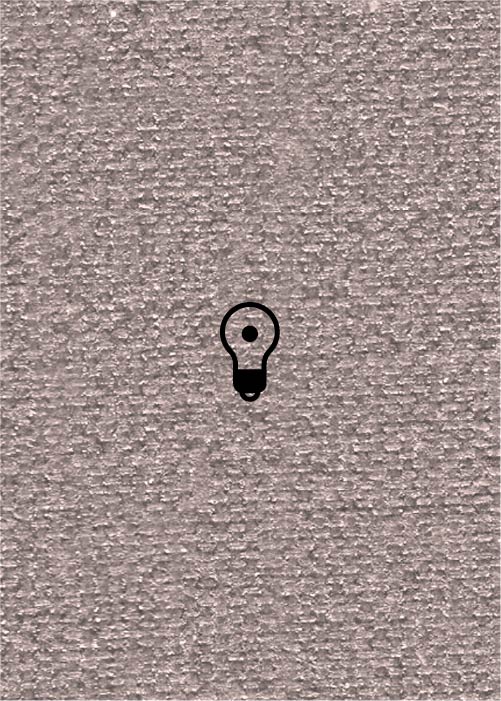
Motse-shabos (LKT)
… The klezmorim would play until late at night. Their melodies were known by the names ‘ zmires’ or …
Ram Da-Oz
… in addition to traditional styles, using some Sephardic melodies for his works. He has also written Israeli …

